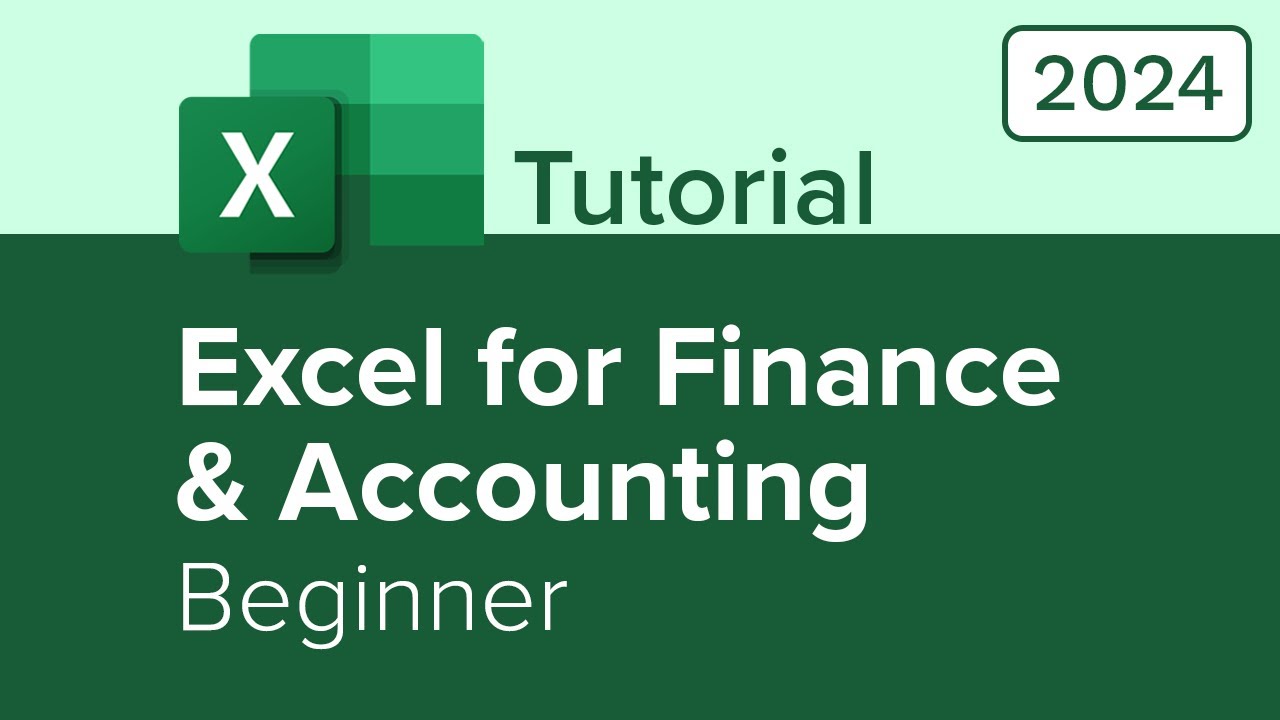Contabilidade Geral Básica | Aula 01 | Parte 01 | Loberto Sasaki
Summary
TLDRThis course on accounting offers a hands-on approach to learning fundamental accounting principles, starting from basic concepts like balance sheets and financial analysis to more complex topics such as business law and taxation. The instructor emphasizes practical exercises, helping students apply theoretical knowledge in real-world scenarios. Key areas include bookkeeping, tax regimes, business entity structures, and financial statement preparation. The course is structured step-by-step, ensuring comprehensive understanding, and is designed to build foundational accounting skills, making it suitable for beginners aiming to pursue careers in accounting or finance.
Takeaways
- 😀 The course is structured into five chapters, focusing on both theory and practical application of accounting concepts.
- 😀 In the first chapter, students will learn how to prepare a balance sheet without needing deep prior knowledge of accounting.
- 😀 The course emphasizes practical learning, where students will apply theoretical concepts to real-world accounting tasks like bookkeeping and analyzing financial statements.
- 😀 Chapter 2 introduces patrimonial accounts, including assets, liabilities, and equity, teaching how to manage and record these categories.
- 😀 Chapter 3 focuses on income and expense accounts, explaining how to calculate profit and loss and how to record these transactions.
- 😀 The course introduces important business law concepts such as the different types of companies (e.g., corporations, limited liability companies) and their legal obligations.
- 😀 Chapter 4 discusses the importance of understanding tax laws and the Brazilian tax system, including Simples Nacional and other taxation models for businesses.
- 😀 Chapter 5 dives into the recognition of revenue, teaching how to apply accounting laws to properly record and report business income.
- 😀 The course integrates exercises and corrections, encouraging active learning and ensuring students understand each concept before moving on.
- 😀 The course is designed for both in-person and online formats, with materials that can be accessed digitally or in printed form, depending on the student's preference.
Q & A
What is the main purpose of this accounting course?
-The primary purpose of this course is to teach accounting theory and provide students with the practical skills to apply that theory. By the end, students should be able to prepare and analyze a balance sheet and financial statements, even without prior knowledge of accounting.
What are the key topics covered in the first chapter of the course?
-The first chapter covers an introduction to accounting, including an overview of the basic concepts of accounting, such as balance sheets and financial statements. Students will also begin learning how to apply these concepts practically.
What practical skills are students expected to gain from this course?
-Students will learn to prepare a balance sheet, analyze financial statements, and understand the key elements of accounting. The course emphasizes hands-on practice, allowing students to immediately apply their knowledge.
How does the course blend theory with practice?
-The course starts with teaching theoretical concepts in accounting, but each theory is immediately followed by practical exercises where students apply what they have learned, such as journal entries and balance sheet creation.
What is the significance of learning the difference between 'active' and 'passive' accounts in accounting?
-Understanding the difference between 'active' (assets) and 'passive' (liabilities) accounts is crucial in accounting because it forms the foundation for recording transactions and preparing accurate financial statements. It helps in distinguishing what a company owns versus what it owes.
What is the role of 'result accounts' in accounting?
-Result accounts are used to track income and expenses to calculate the profit or loss of a company. They reflect the outcomes of business operations, showing whether the company made a profit or incurred a loss.
What is the importance of understanding the legal and tax framework for accounting?
-Understanding the legal and tax framework is essential because businesses are subject to various regulations that influence how their financial transactions should be recorded. This knowledge ensures compliance and helps businesses manage their tax obligations effectively.
What does the course say about different types of legal entities in business?
-The course highlights the importance of understanding different types of legal entities, such as corporations (limited liability companies, joint-stock companies), and their implications on accounting and tax practices. It explains how choosing the right type of business entity affects the management of financial risks and responsibilities.
What is the role of the accountant in a company?
-An accountant's role is to record, classify, and interpret financial transactions. They ensure that business activities are documented properly and help prepare financial statements such as the balance sheet and income statement, allowing business owners to understand their financial health.
Why does the course emphasize practical application alongside theoretical learning?
-The course emphasizes practical application to ensure students not only understand accounting theory but also know how to apply it in real-world situations. This approach helps students gain confidence and prepares them for actual accounting tasks they will face in their professional careers.
Outlines

This section is available to paid users only. Please upgrade to access this part.
Upgrade NowMindmap

This section is available to paid users only. Please upgrade to access this part.
Upgrade NowKeywords

This section is available to paid users only. Please upgrade to access this part.
Upgrade NowHighlights

This section is available to paid users only. Please upgrade to access this part.
Upgrade NowTranscripts

This section is available to paid users only. Please upgrade to access this part.
Upgrade NowBrowse More Related Video

Audiobook Summary: Accounting Made Simple (English) Mike Piper

Apa itu laporan keuangan

[PENGANTAR AKUNTANSI] MODUL 1 MATA KULIAH PENGANTAR AKUNTANSI (EKMA 4115) UNIVERSITAS TERBUKA

Excel for Finance and Accounting Beginner Tutorial

Accounting Made Simple by Mike Piper: 16 Minute Summary

Introduction to Accounting
5.0 / 5 (0 votes)